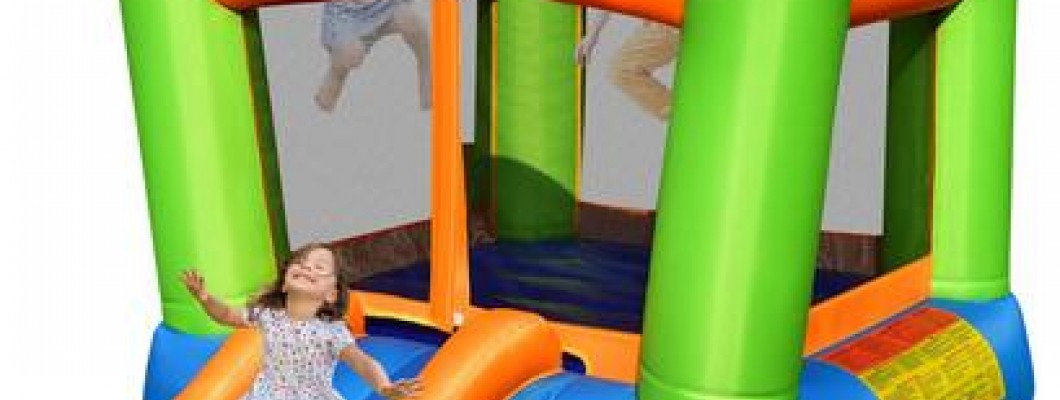
The bounce house, also known as a bouncy castle or inflatable castle, has become a beloved attraction at parties and events, captivating children with its fun and playful design. But how did this delightful invention evolve into such a popular source of joy? Here’s a look at the history and factors that contributed to the bounce house’s widespread appeal:
1. Origins and Invention
The concept of the bounce house was first introduced in the 1960s by John Scurlock, an American engineer. Scurlock was experimenting with inflatable structures for commercial use when he and his team created the first inflatable bouncer. The original design was intended for use as a soft landing surface in the automotive and aerospace industries, but it quickly found its way into the world of entertainment.
2. Innovative Design
The bounce house's design is a brilliant blend of fun and functionality. Made from durable, air-filled materials, the bounce house provides a soft and bouncy surface for children to jump, play, and explore. Its castle-like appearance, often adorned with colorful and whimsical elements, adds to its visual appeal, making it an exciting addition to any event.
3. Growing Popularity
As word spread about the fun and excitement of bounce houses, their popularity soared. They began to appear at birthday parties, school events, and community festivals. The inflatable structure offered a unique form of entertainment that was both safe and engaging for children, leading to its widespread adoption in the entertainment industry.
4. Accessibility and Convenience
One of the reasons bounce houses became so popular is their accessibility. With the advent of portable models, it became easy for families and event organizers to rent or purchase a bounce house for various occasions. The convenience of setting up and taking down the inflatable structure added to its appeal, making it a practical choice for many celebrations.
5. Safety Features
Safety is a key factor in the bounce house’s success. Modern bounce houses are designed with safety in mind, incorporating features such as reinforced seams, secure anchoring, and mesh sides for ventilation and visibility. These features help ensure that children can play safely while parents or supervisors keep an eye on them from outside.
6. Enhancing Social Interaction
Bounce houses provide a space where children can interact with their peers in a fun and energetic environment. The bouncing and climbing activities promote social skills, physical exercise, and teamwork. This social aspect, combined with the excitement of the bounce house, makes it a popular choice for group activities and parties.
7. Continued Innovation
Over the years, bounce houses have evolved to include various themes and features, such as slides, obstacle courses, and interactive games. These innovations keep the bounce house experience fresh and exciting, catering to different age groups and interests. The constant evolution of bounce house designs ensures that they remain a favorite among children.
8. The Joy of Play
Ultimately, the bounce house’s ability to bring joy to children lies in its simple yet effective design. The sensation of bouncing, the freedom to explore, and the sheer fun of the inflatable structure create an environment where children can let loose and have a great time. The bounce house embodies the essence of playful imagination and physical activity, making it a cherished part of many childhood memories.
Conclusion
The bounce house has become a source of joy for children through its innovative design, growing popularity, accessibility, and emphasis on safety. Its ability to provide a fun and engaging environment has made it a staple at parties and events. As it continues to evolve and bring happiness to children, the bounce house remains a symbol of playful adventure and joy.



Leave a Comment